Dhaka, Feb 14 (V7N) -Shab-e-Barat, the night of fortune, is widely observed in Bangladesh and various South and Central Asian countries. While debates continue about its religious significance, the traditions associated with this night have deep historical roots.
Origins of the Tradition
Islamic history researchers suggest that Shab-e-Barat observances date back to the early days of Islam. According to several hadiths, Prophet Muhammad (PBUH) spent the night of the 14th of Sha'ban in prayer and visited graveyards. This practice was observed as preparation for Ramadan and encouraged among his followers, stated Professor Mohammad Ibrahim of Dhaka University.
Spread in the Indian Subcontinent
No definitive evidence exists on when Shab-e-Barat began in the Indian subcontinent. The earliest references come from the 13th-century writings of Khwaja Shamsuddin Mira, who settled in Murtazabad, Uttar Pradesh. Iranian professor Mohsen Saidi Madani, in his book Impact of Hindu Culture on Muslims (1993), notes that historical records from the 12th-13th centuries mention the preparation of halwa and bread for distribution on Shab-e-Barat.
Islamic scholars from the 18th and 19th centuries, including Shah Ismail Shaheed and Shah Waliullah, described Shab-e-Barat observances, which included food distribution and fireworks—possibly influenced by Diwali.
Fireworks and Food Traditions
In Bangladesh, particularly in Dhaka, Shab-e-Barat is associated with preparing and sharing halwa. Men spend the night in prayer, while fireworks light up the evening sky. Indian historian Vidyadhar Mahajan, in History of Medieval India, notes that Delhi Sultans and Mughal emperors illuminated their palaces and mosques on this night.
Mughal emperor Jahangir (1605-1627) celebrated Shab-e-Barat with sweets and lighting decorations, as documented in Parvati Sharma’s Jahangir: An Intimate Portrait of a Great Mughal. British missionary Edward Sell, in his 1880 book Faiths in Islam, reported significant expenses on fireworks during British rule in India.
Islamic Missionaries and Cultural Influence
Professor Mohammad Ibrahim believes Shab-e-Barat observances in the Indian subcontinent date back to the 8th century, introduced by Middle Eastern and Central Asian Muslim missionaries. He explains that while political expansion began with Qutb-ud-din Aibak and Bakhtiyar Khalji in the 13th century, Islam’s spread started earlier, in 712, when Muhammad bin Qasim conquered Multan and Sindh. Arab and Chinese traders also played a role in introducing Islamic customs through maritime trade routes.
Contemporary Observance in Bangladesh
Today, Bangladesh observes Shab-e-Barat with religious fervor. The Islamic Foundation (IF) has organized programs at the Baitul Mukarram National Mosque, including religious sermons, special prayers, and Quran recitations. Religious Affairs Adviser Dr. AFM Khalid Hossain is scheduled to deliver a sermon at 6:35 PM.
Across the country, mosques will hold sermons and special prayers after Maghrib and Esha. Devotees will visit graveyards, offering prayers for deceased loved ones. The Chief Adviser, Professor Muhammad Yunus, has extended greetings to all Muslims in Bangladesh and worldwide.
People will also distribute food, sweets, and alms to the underprivileged, continuing the centuries-old tradition of communal sharing and devotion.
END/RH/



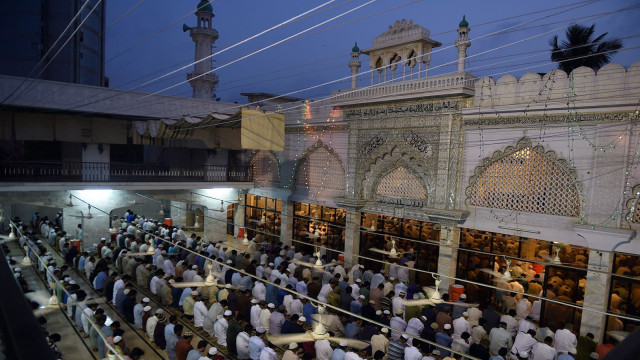

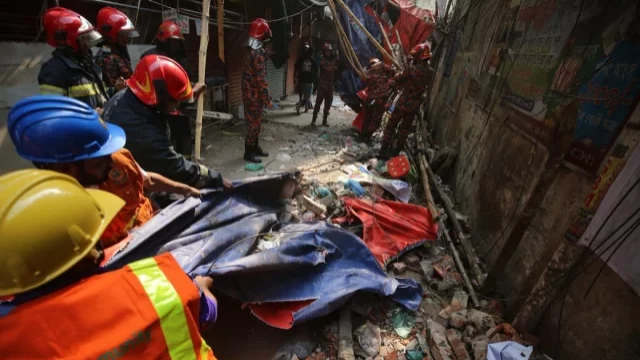
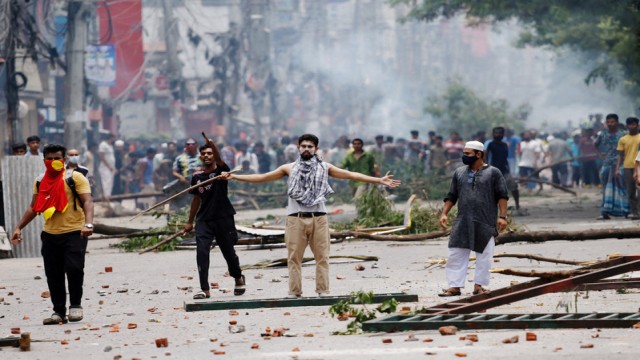


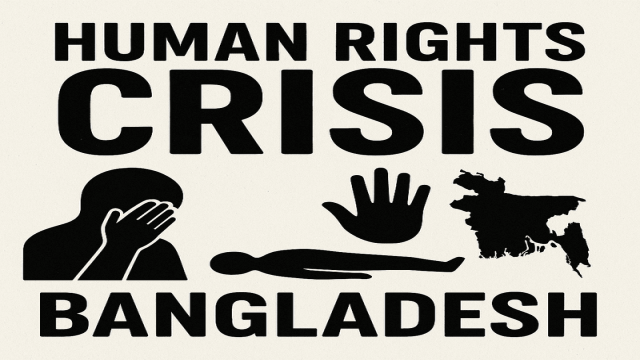
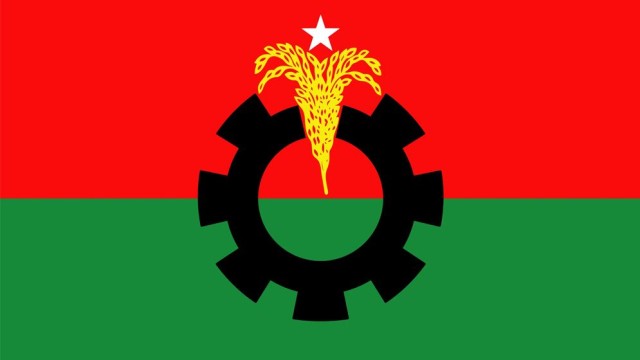
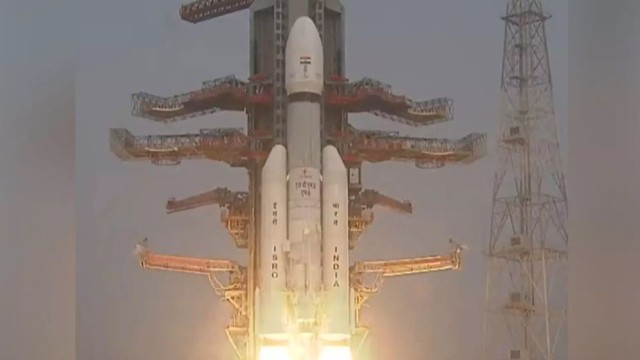
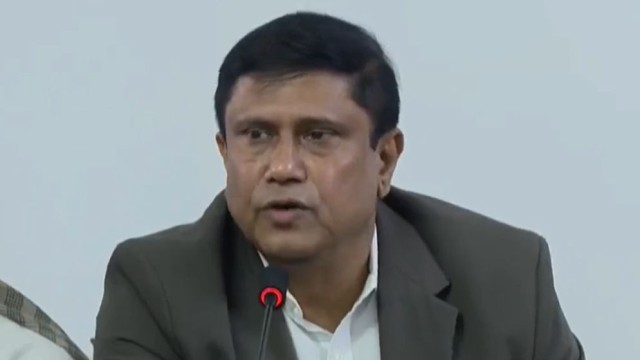

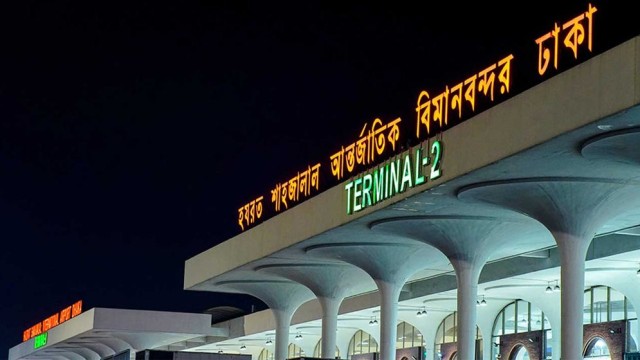
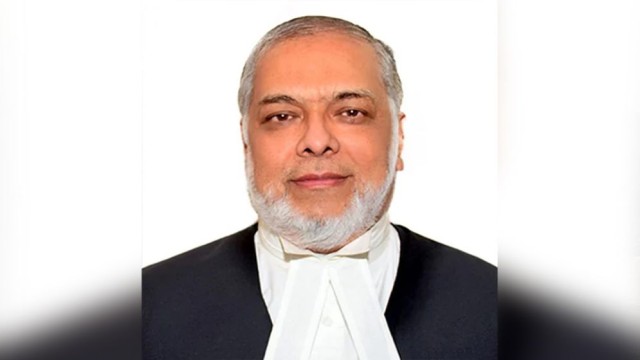
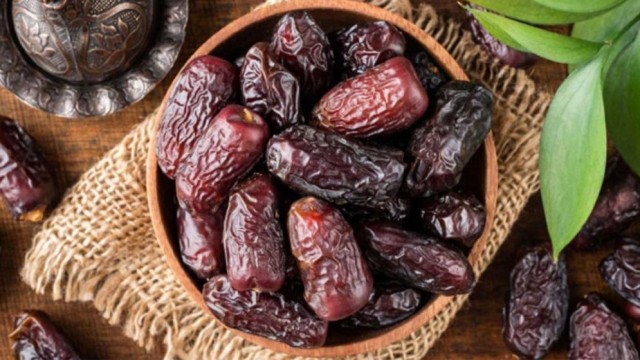

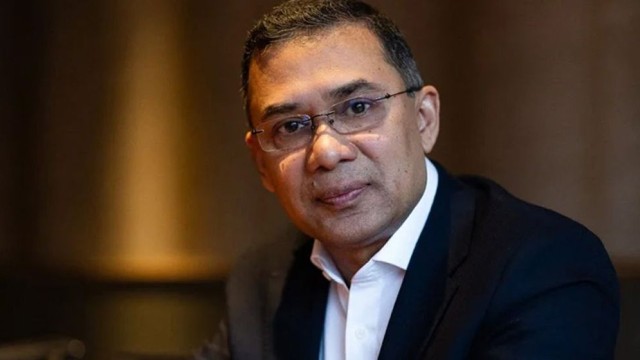
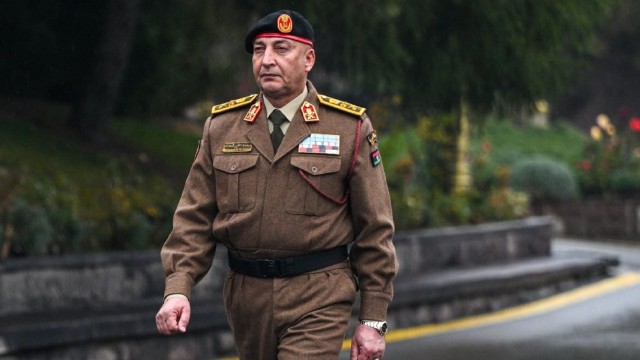

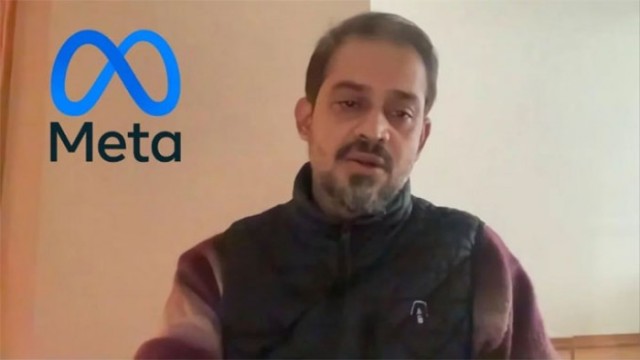
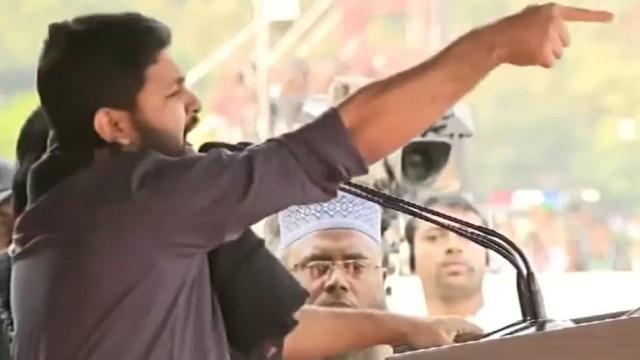
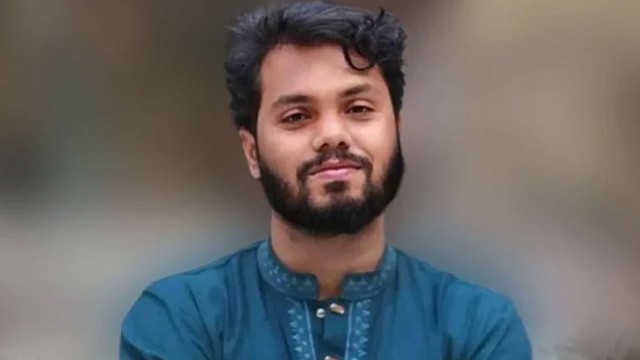
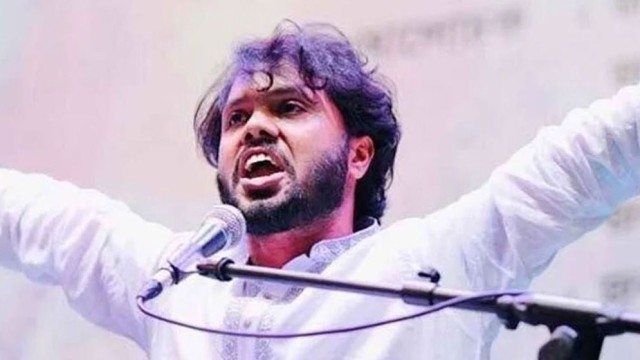
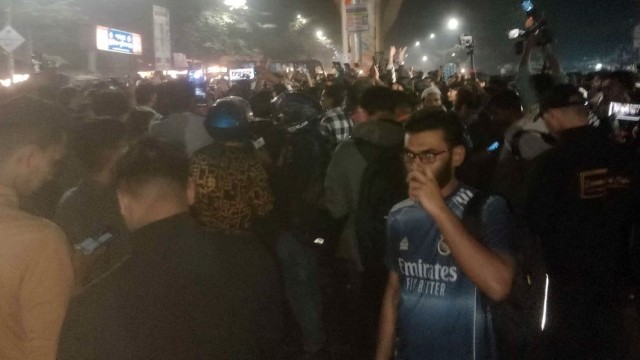
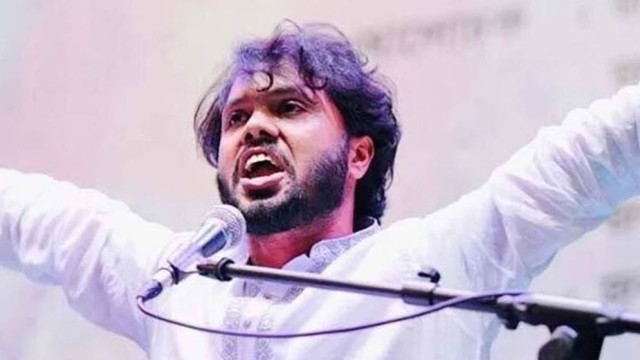


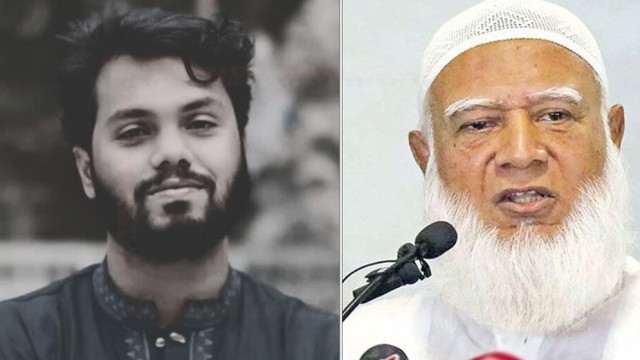
Comment: